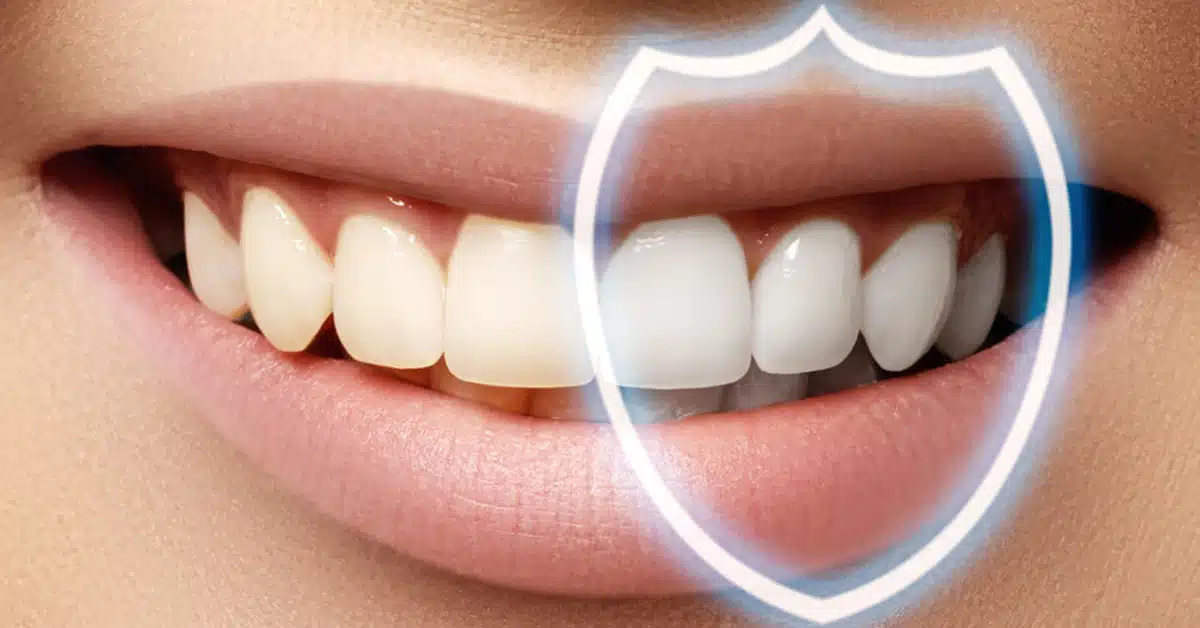
A confident smile can change how you feel about yourself and how others see you. However, chips, cracks, gaps, or discoloration in your teeth can make you feel self-conscious about your smile. One simple and affordable solution for these common dental issues is teeth bonding. This easy procedure has become popular for those looking to quickly improve their smiles. In this blog, we’ll discuss teeth bonding, its benefits, the steps involved, aftercare, and whether it’s the right choice for you.
What Is Teeth Bonding?
Teeth bonding, also called dental bonding, is a cosmetic dental procedure that uses a tooth-colored resin to fix imperfections in your teeth. The dentist applies the resin, shapes it, and polishes it to match the natural look of your teeth, improving their appearance.
It is commonly used to:
- Repair chipped or cracked teeth.
- Cover stains or discoloration.
- Close gaps between teeth.
- Lengthen teeth that appear shorter than others.
- Protect exposed roots due to gum recession.
The procedure is straightforward, non-invasive, and usually completed in a single visit, making it a convenient option for those with busy schedules.
Benefits of Teeth Bonding
Teeth bonding offers a range of benefits that make it a popular choice for both patients and dentists.
- Affordability: Teeth bonding is a cost-effective option compared to veneers or crowns. It provides a great way to improve your smile without spending a lot of money.
- Quick Procedure: Most bonding treatments can be finished in one visit, usually taking 30 to 60 minutes for each tooth.
- Minimally Invasive: Unlike veneers or crowns, which typically require the removal of some enamel, teeth bonding preserves your natural tooth structure.
- Natural Appearance: The bonding resin can be customized to match the color and shape of your natural teeth. This creates a seamless look.
- Reversible Option: As minimal or no enamel is removed, this procedure is reversible, allowing you to choose different treatments later if desired.
The Teeth Bonding Procedure
Teeth bonding involves a few simple steps:
- Consultation and Assessment: Your dentist will first check your teeth to see if bonding is a good option. They will talk about your goals for your smile and take X-rays to check for any hidden dental problems.
- Preparation: In most cases, you won’t need anesthesia for teeth bonding, unless it’s used to fill a cavity. The dentist will lightly rough up the surface of your tooth and apply a conditioning liquid to help the resin stick.
- Application: The dentist will put a tooth-colored resin on the prepared surface and shape it as needed.
- Hardening: A special light is used to harden the resin. This process usually takes just a few seconds.
- Polishing: After the resin hardens, your dentist will polish the bonded tooth so that it looks similar to your other teeth.
Who Is a Good Candidate for Teeth Bonding?
Teeth bonding is a good option for people with small cosmetic issues. However, it might not work for everyone. You may be a good candidate for teeth bonding if:
- You have healthy teeth and gums.
- Your dental concerns are primarily aesthetic.
- You’re looking for a temporary or cost-effective solution.
Teeth bonding may not be the best option for people with severe damage or major misalignment. In these situations, other treatments like veneers, crowns, or braces might be better choices.
Aftercare Tips for Teeth Bonding
Teeth bonding is a strong option, but it is not as durable as your natural teeth or other solutions like crowns. Taking care of it properly will help it last longer, typically between 3 to 10 years.
- Avoid Staining Foods and Drinks: Bonding resin can get stained over time. To help prevent this, cut back on coffee, tea, red wine, and tobacco products.
- Practice Good Oral Hygiene: Brush your teeth twice a day with fluoride toothpaste. Floss daily to keep your mouth healthy.
- Be Gentle on Bonded Teeth: Do not bite hard objects like ice, pens, or your fingernails. This can help you avoid chipping your teeth.
- Schedule Regular Dental Checkups: Regular dental visits help your dentist check the bonding and fix any problems quickly.
- Wear a Mouthguard: If you grind your teeth at night, a custom mouthguard can help protect your dental bonding from damage.
Conclusion
Teeth bonding is a great option if you want to improve your smile quickly, affordably, and effectively. It can fix chips, cracks, or discoloration with a simple procedure that usually takes only one appointment.
It’s important to talk to your dentist first to see if bonding is the right choice for you. With good care, teeth bonding can give you a bright and confident smile that lasts for years.
If you want to change your smile, make an appointment with your dentist to learn how teeth bonding can help you! Teeth bonding is an excellent choice for those seeking a quick, affordable, and effective solution to enhance their smile. Whether you’re dealing with chips, cracks, or discoloration, this minimally invasive procedure can provide beautiful results in a single appointment.
However, it’s crucial to consult with your dentist to ensure bonding is the right option for you. With proper care and maintenance, teeth bonding can help you achieve a radiant, confident smile that lasts for years.
If you’re ready to transform your smile, schedule an appointment with your dentist today and explore how teeth bonding can work for you!